Order Passeriformes Higher classification Melanocorypha | Phylum Chordata Family Alaudidae Scientific name Melanocorypha calandra Rank Species | |
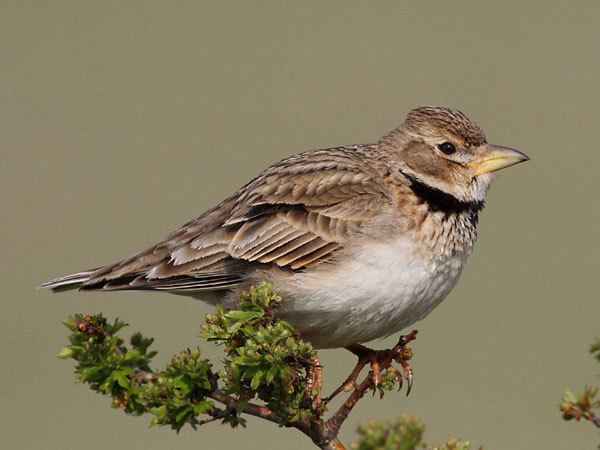 | ||
Similar Greater short‑toed lark, Lesser short‑toed lark, Bird, Crested lark, Black lark | ||
The calandra lark (Melanocorypha calandra) or European calandra-lark breeds in warm temperate countries around the Mediterranean and eastwards through Turkey into northern Iran and southern Russia. It is replaced further east by its relative, the bimaculated lark.
Contents
- Calandra lark melanocorypha calandra
- Taxonomy and systematics
- Subspecies
- Description
- Distribution and habitat
- Behaviour and ecology
- In culture
- References
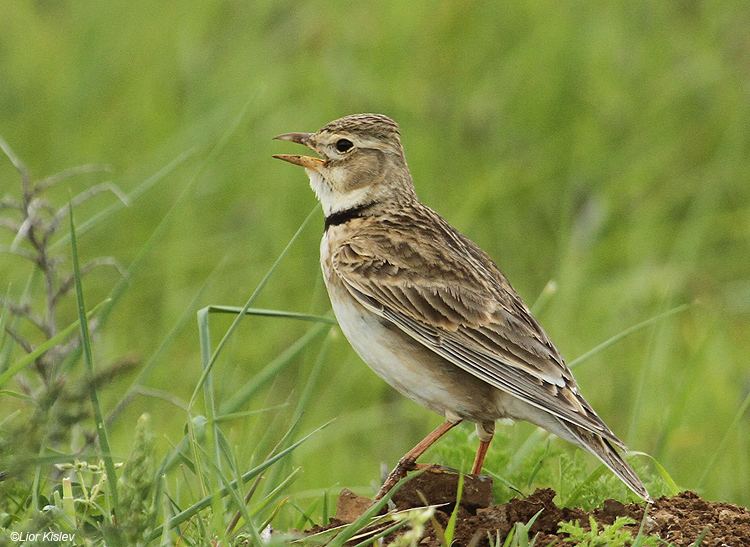
Calandra lark melanocorypha calandra
Taxonomy and systematics

The calandra lark was originally placed in the genus Alauda. The current genus name, Melanocorypha is from Ancient Greek melas, "black", and koruphos a term used by ancient writers for a now unknown bird, but here confused with korudos, "lark". "Calandra"' derives ultimately from kalandros the Ancient Greek name for this bird. The bimaculated lark is also sometimes termed as the calandra lark.
Subspecies
Four subspecies are recognized:
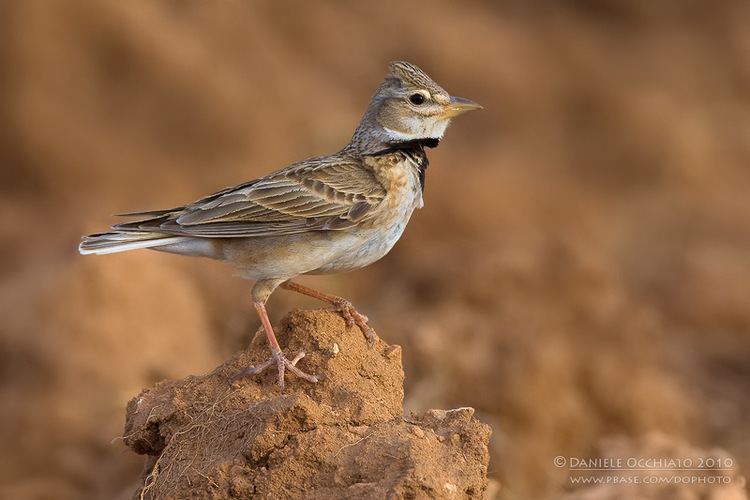
Description
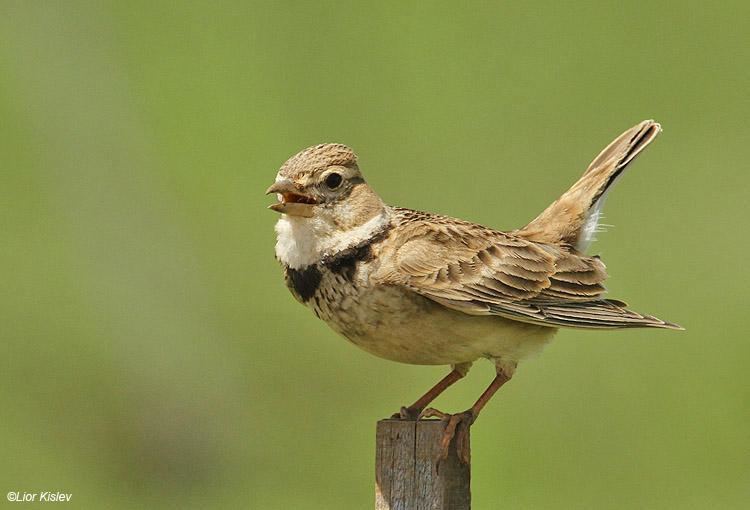
This is a large, robust lark, 17.5–20 cm long. It is an undistinguished-looking species on the ground, mainly streaked greyish brown above and white below, and with large black patches on the breast sides. It has a white supercilium.
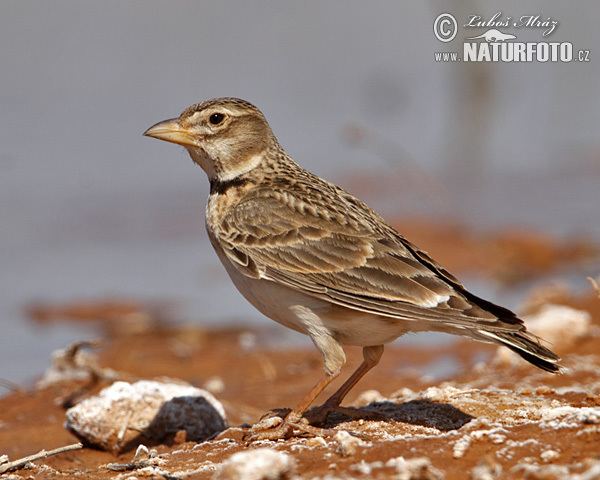
In flight it shows short broad wings, which are dark below, and a short white-edged tail. The wing and tail patterns are distinctions from its more easterly relatives.
The song is like a slower version of that of the skylark.
Distribution and habitat

It is mainly resident in the west of its range, but Russian populations of this passerine bird are more migratory, moving further south in winter, as far as the Arabian peninsula and Egypt. It is a very rare vagrant to western Europe.
This is a bird of open cultivation and steppe. Its nest is on the ground, with 4–5 eggs being laid. Food is seeds supplemented with insects in the breeding season. It is gregarious outside the breeding season.
Behaviour and ecology
Parasites of the calandra lark include the chewing louse Ricinus vaderi, described from specimens collected in Azerbaijan.
In culture
The song is considered so musical to human ears that the calandra lark was formerly a popular cagebird in its range. It is mentioned in, for instance, the Tuscan proverb "Canta come una calandra", he or she sings like a lark, and the Spanish ballad "Romance del prisionero", where its song is the only way the prisoner knows when day breaks.
